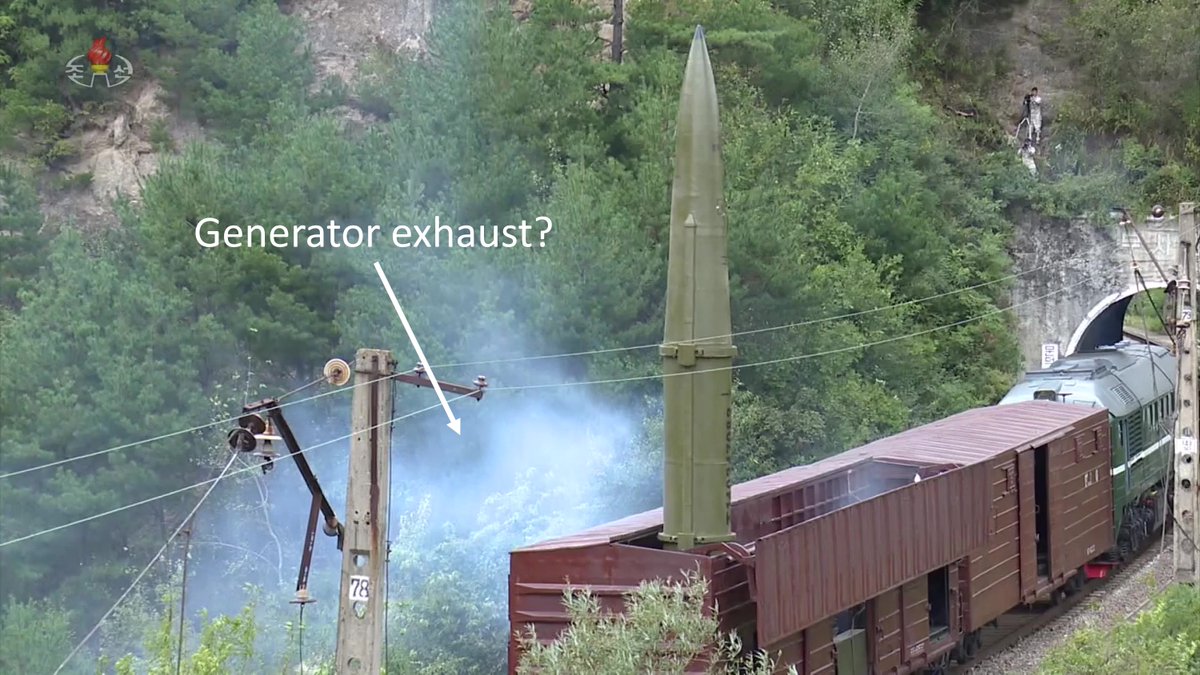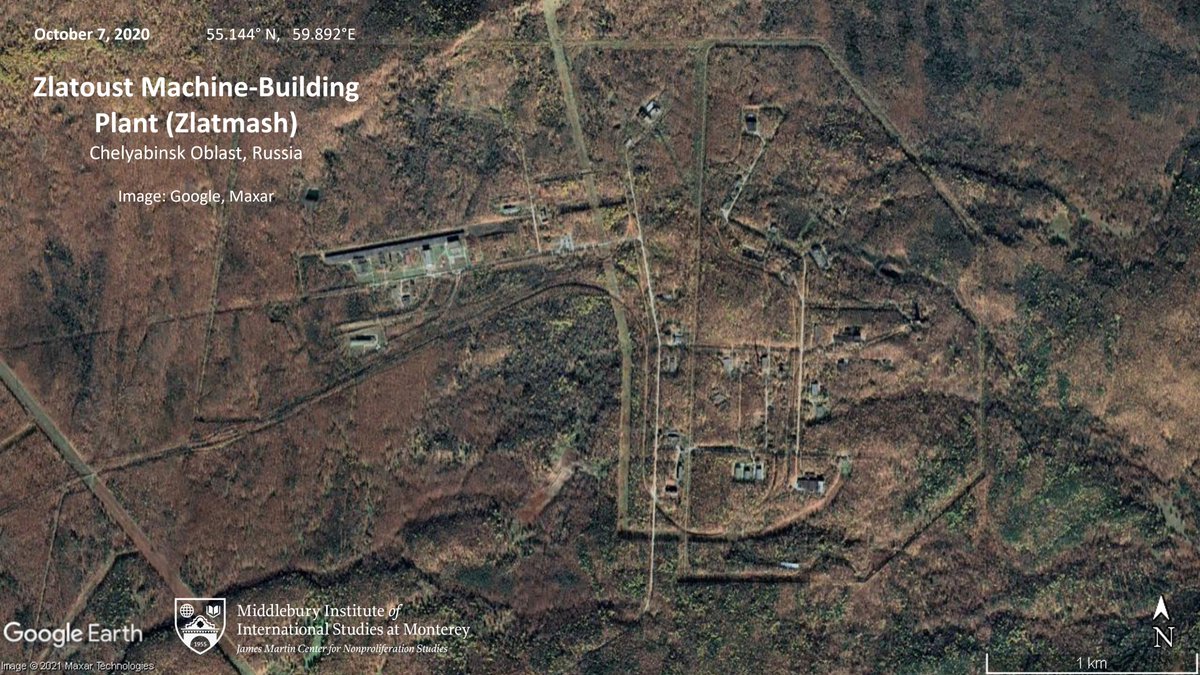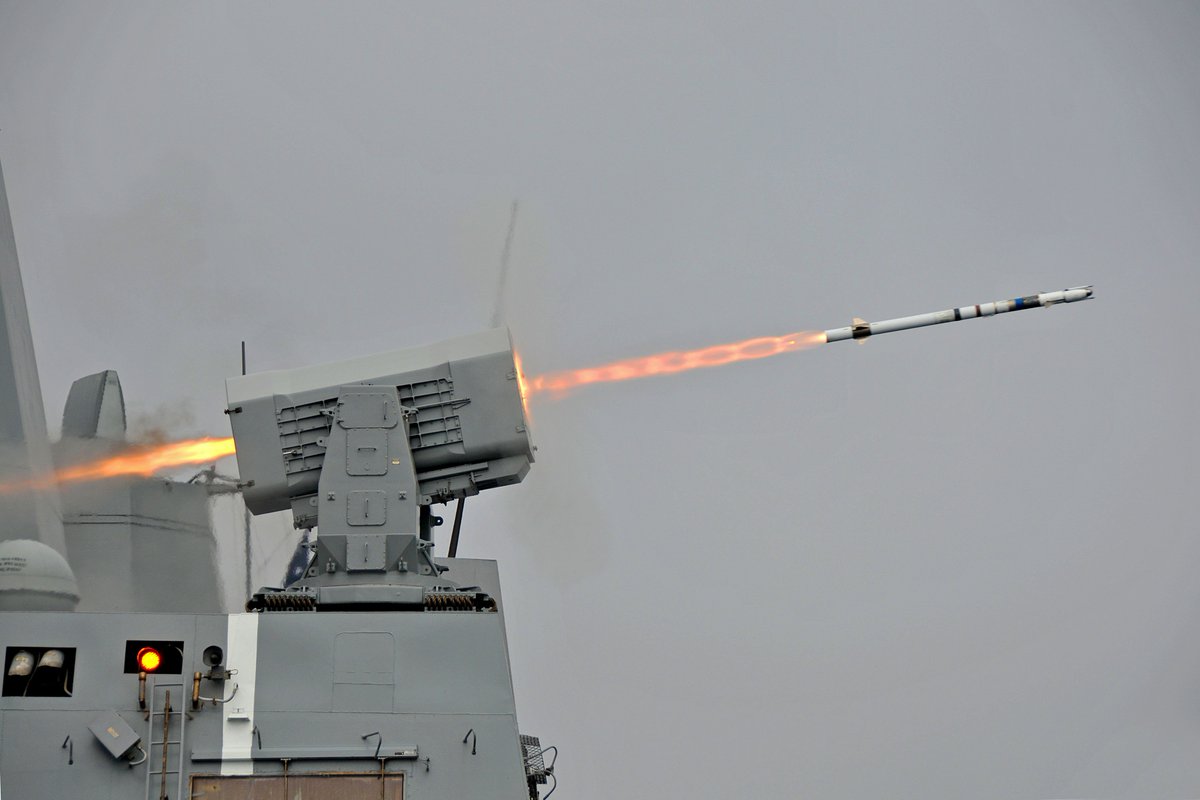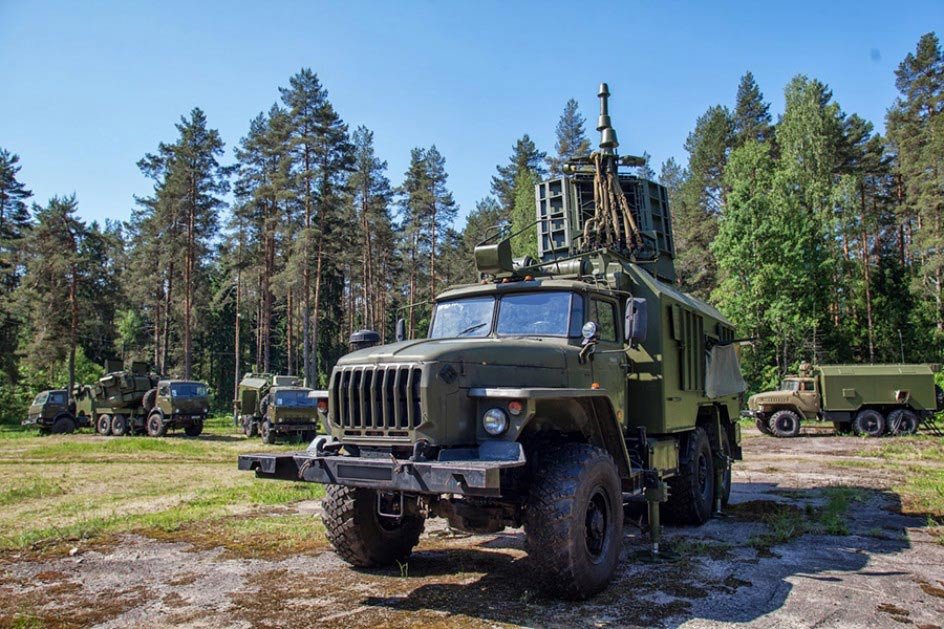
Research Associate @CNS_Updates. Rocket propulsion and radiological security (usually not at the same time). Opinions my own. Faves/RTs ≠ endorsements
How to get URL link on X (Twitter) App

https://twitter.com/georgewbarros/status/1837889794577236004First stage ignition failure is the one that came to mind first. Sarmat is cold-launched. The missile is ejected from the silo by a small solid propellant "pressure accumulator." The first stage engine does not ignite until the missile leaves the silo.

https://twitter.com/ArmsControlWonk/status/16926583398496833282/18 As Dr. Postol mentioned, the 4D10 is a submerged engine. On the vast majority of liquid-propellant missiles and rockets, the engine(s) are mounted below the propellant tanks.




https://twitter.com/wardcarroll/status/1515096747944685568?s=20&t=JNpbhSEJ0L2NU9FqRWbLUwIn his 2012 paper, Igor Sutyagin estimates that the Slava-class cruisers had 4 warheads assigned to them - 2 nuclear-armed SS-N-12 anti-ship missiles, 1 nuclear-armed SA-N-6 surface-to-air missile, and 1 nuclear depth bomb for the ship's helicopter. europeanleadershipnetwork.org/commentary/ato…

https://twitter.com/johnismay/status/15035366863866224742/7 For the longest time, we'd wondered what these circular caps on bottom of the missile were for. Now we know: they're covers for penetration aid tubes.


https://twitter.com/DuitsyWasHere/status/1497067794063454213Another vehicle, this time alone. Moving rather fast (for a truck) with its emergency flashers on.


https://twitter.com/nukestrat/status/14897114245448499282/17 First, a few notes: In Russian and Soviet service, nuclear weapons (except those attached to deployed strategic missiles) are under the control of the 12th Main/Chief Directorate (12 GUMO), a separate branch of the military directly subordinate to the Ministry of Defense.


https://twitter.com/joshjonsmith/status/1482099636165038080Oh, that's interesting. They uncoupled the locomotive prior to launch. So the 2-car set for the missiles is a self-contained unit and (similar to the Soviet RT-23) doesn't need to draw power from the locomotive.
https://twitter.com/nktpnd/status/1482104278168879104?s=20

https://twitter.com/ArmsControlWonk/status/1442985298757963780?s=202/12 For the Soviets, ampulization required the development of several technological advances. While no longer on the cutting edge, North Korea's potential use of ampulization has implications for where certain parts of the DPRK program are, technologically speaking.







 Let's get some misconceptions out of the way:
Let's get some misconceptions out of the way:





https://twitter.com/DuitsyWasHere/status/11616902405006376962/ Soviet nuclear ramjet research can mostly be traced back to OKB-670, originally led by Mikhail Bondaryuk.





https://twitter.com/joshjonsmith/status/11267220789613649922/ Missiles like Russia’s Iskander, China’s M20/DF-12, the US ATACMS, and the new North Korean Missile fly on depressed trajectories, never leaving the atmosphere and maneuvering throughout the whole duration of flight. They are sometimes called “quasi-ballistic” missiles.





https://twitter.com/DuitsmanMS/status/11102539149961093122/ This is the original source, the relevant sentence being “Наши ядерщики научились концентрировать энергию, необходимую для поражения соответствующего вооружения противника практически за мгновения, за считаные доли секунды.” archive.redstar.ru/index.php/advi…